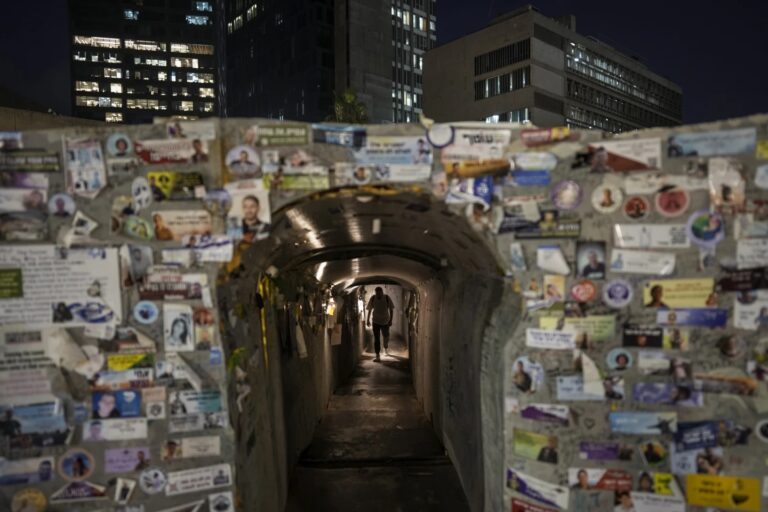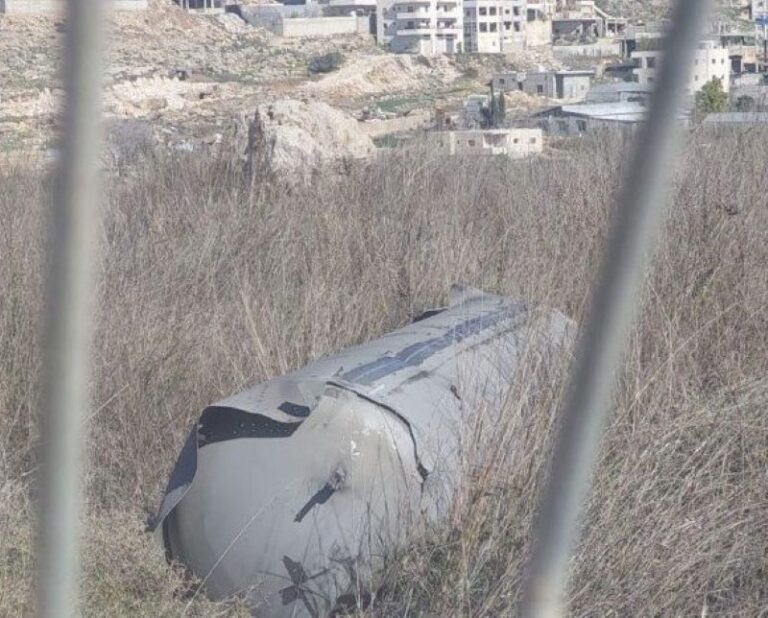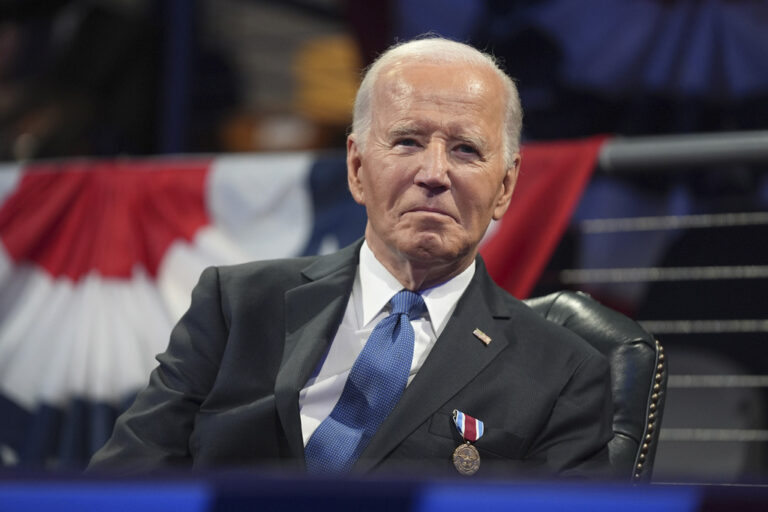 U.S. Defense Secretary Jim Mattis arrived unannounced in Afghanistan on Monday to assess America’s longest war as the Trump administration weighs sending more troops.
U.S. Defense Secretary Jim Mattis arrived unannounced in Afghanistan on Monday to assess America’s longest war as the Trump administration weighs sending more troops.
Kabul was the final stop on a six-nation, weeklong tour Mattis said was intended to bolster relations with allies and partners and to get an update on the stalemated conflict in Afghanistan. He is the first member of President Donald Trump’s Cabinet to visit Afghanistan.
Gen. John Nicholson, the top American commander in Kabul, recently told Congress that he needs a few thousand more troops to keep Afghan security forces on track to eventually handling the Taliban insurgency on their own.
As part of the administration’s review of Afghan policy, Trump’s national security adviser, Army Lt. Gen. H.R. McMaster, visited Kabul last week to consult with Nicholson and with Afghan officials.
McMaster said in a TV interview after returning to Washington that the U.S. in recent years has scaled back its military effort against the Taliban. “Our enemy sensed that and they have redoubled their efforts, and it’s time for us, alongside our Afghan partners, to respond,” he said.
Among the questions facing the administration is how to maintain pressure on a resilient Taliban and keep up counterterrorism operations in Afghanistan without prolonging a stalemate that is costing U.S. taxpayers billions of dollars a year.
The war began in October 2001. The U.S. has about 9,800 troops in Afghanistan. They ended their combat mission against the Taliban in 2014 but are increasingly involved in backing up Afghan forces on the battlefield.
Mattis was visiting just days after a bloody Taliban attack that killed well over 100 Afghans on a base in the country’s north. The Taliban also controls key parts of Helmand province in the south. Officials say nearly a dozen of the attackers wore army uniforms and rode in military vehicles, raising concerns of help from inside the compound.
A senior American military official in Kabul said Monday that it appears likely the attack was either carried out by or planned by a Pakistan-based Taliban faction known as the Haqqani network, which is a U.S. government-designated terrorist organization. The official, who spoke on condition of anonymity in order to discuss intelligence matters, said it likely took four to six months to plan the attack. He said it also was likely that the attackers had help in advance from Afghan troops on the base.
The official said the latest Afghan estimate of 144 Afghan soldiers killed is likely to rise.
Afghan officials said earlier that the country’s army chief and the defense minister resigned following the weekend Taliban attack.
Two officials spoke on condition of anonymity because they were not authorized to talk to the media. The president’s official Twitter account also confirmed the resignations.
In addition to the Taliban insurgency, Afghanistan also is fighting to extinguish a small but troublesome presence in Nangarhar province of militants affiliated with the Islamic State group.
Two weeks ago, Nicholson created a stir by ordering an attack on an IS stronghold in Nangarhar using the military’s most powerful non-nuclear bomb, the so-called “mother of all bombs.”
Mattis has declined to disclose details of damage done by that bombing, which former Afghan President Hamid Karzai has called an “atrocity.”
(AP)










